MBST® is designed to stimulate the cells of the injured tissue, supporting sustainable regeneration, reducing pain, and helping athletes return to their sport more quickly.
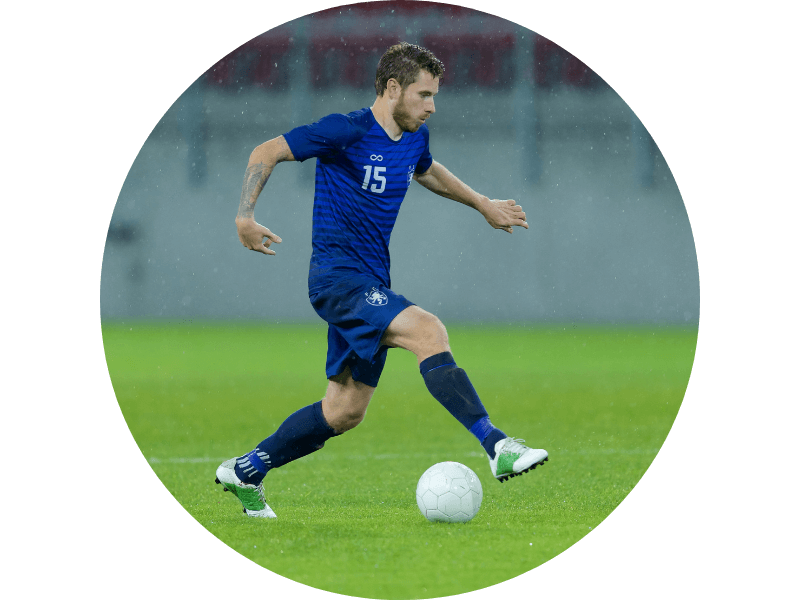
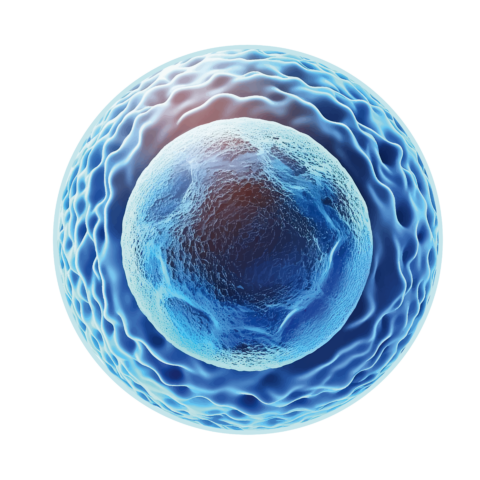
In both professional and recreational sports, injuries to muscles, ligaments, tendons, and bones are common and can have a significant impact on athletic performance and daily life.
Accurate diagnosis and appropriate treatment are crucial not only for recovery and minimising downtime but for preventing further injuries and chronic conditions.
Minor injuries are often underestimated. As symptoms fade, athletes may return to training too soon or with too much intensity, aiming to avoid losing time for training and competition.
Since it can take a long time for muscles, tendons, or ligaments to fully regain strength, a short break may not be enough for complete healing.
Many injuries are the result of previous, unnoticed damage. Repetitive micro-trauma and overloading during training can gradually weaken tendons, ligaments, and bones, leading to further degeneration. This can result in inflammation and chronic conditions. Treating chronic injuries is often a lengthy process, requiring extended downtime.


The goal of treating sports injuries is always to ensure a quick recovery and a return to sport and competitive fitness. Acute injuries are typically treated with anti-inflammatory and pain-relieving medication, along with immobilisation, while physiotherapy and physical therapies help restore strength and mobility.
It is common to combine different treatment methods to achieve the best possible results. Finding a balance between a quick return and proper tissue healing is important to avoid re-injuries, further injuries, or chronic issues.
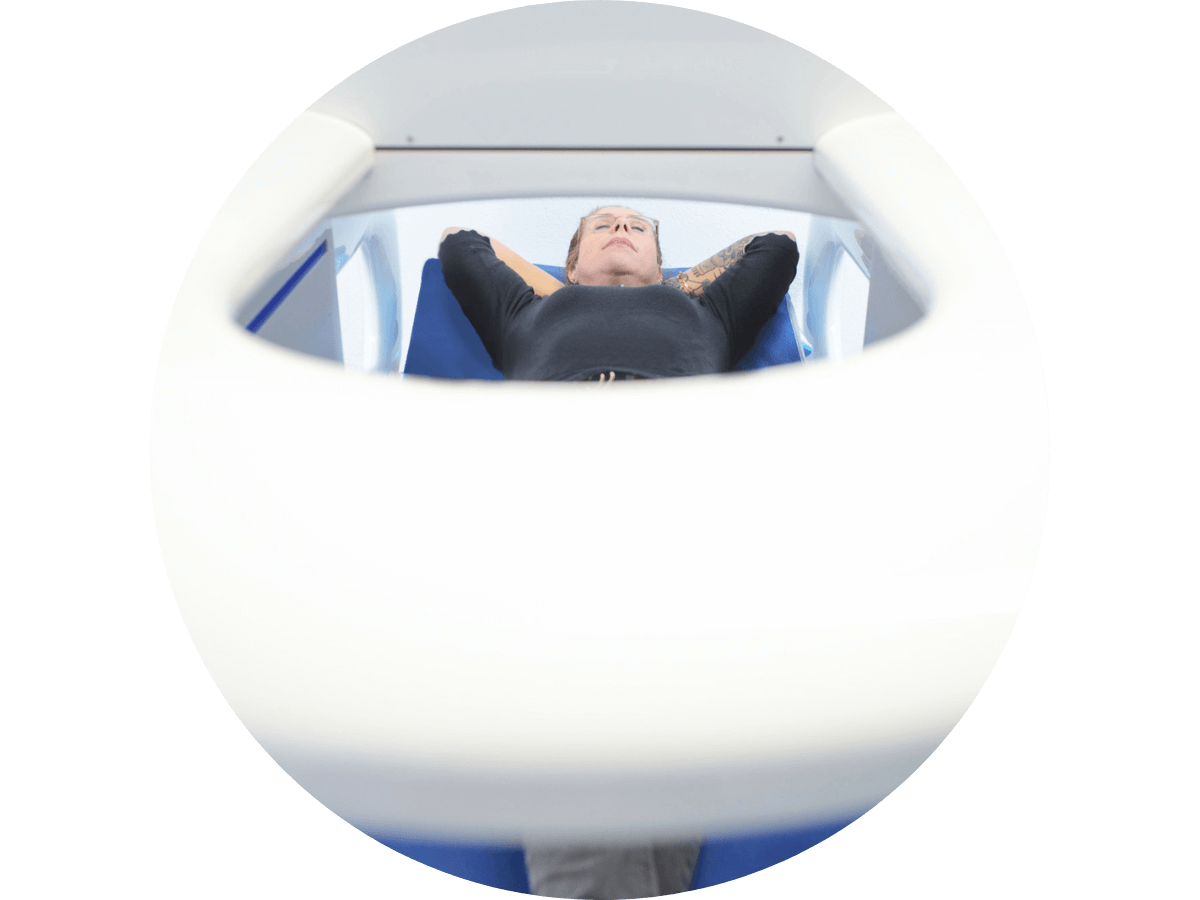

MBST® targets the damaged tissue. By stimulating cells, MBST® encourages several biophysical processes within the cells with the aim of boosting metabolism.2-6
This may activate natural repair processes to promote tissue regeneration.
Sports and team doctors report that a combination treatment including MBST® therapy has significantly reduced athletes’ recovery time, allowing them to return to training and competition faster than expected.1
As a result, MBST® magnetic resonance therapy is now a key part of the treatment options offered by many sports and team doctors.

MBST® aims to support the body’s natural regeneration processes directly at the cellular level.

Targeted cell stimulation encourages several biophysical processes within the tissue, which may promote regeneration and tissue development.
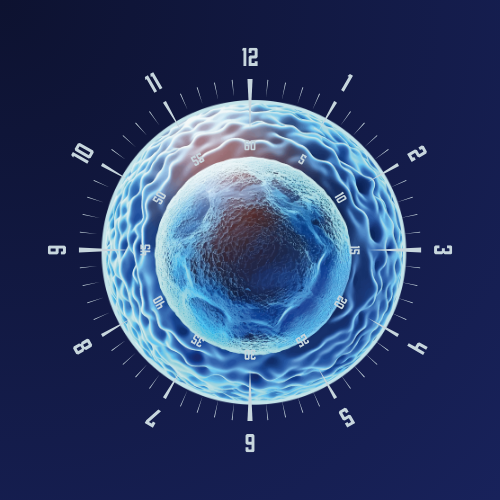
Many elite athletes treated with MBST® have reported a faster return to training, with some going on to win medals at the Olympic Games and World Championships shortly after treatment, without suffering further injury.¹
‘If I had used it a year before I retired, I would have had four more years!’
Cruiserweight champion – neck pain, lower back problems and hand injuries
“I was treated with MBST® therapy for the first time and I am thrilled. I was particularly surprised by the rapid healing and the improvement in pain.”
Handball player – knee ligament injury & post-op problems
’Oskar was back on the pitch after less than 3 weeks thanks to MSBT®. 4:1. Leader of the table.’
U16 footballer – Torn pelvic tendon
MBST® is a certified medical product used only in the medical field. It’s offered by practices, clinics, and centres as part of their treatment options to ensure you receive the best possible care for your condition.
The TÜV-certified manufacturing process ensures the quality, safety, and reliability of the MBST® therapy worldwide.
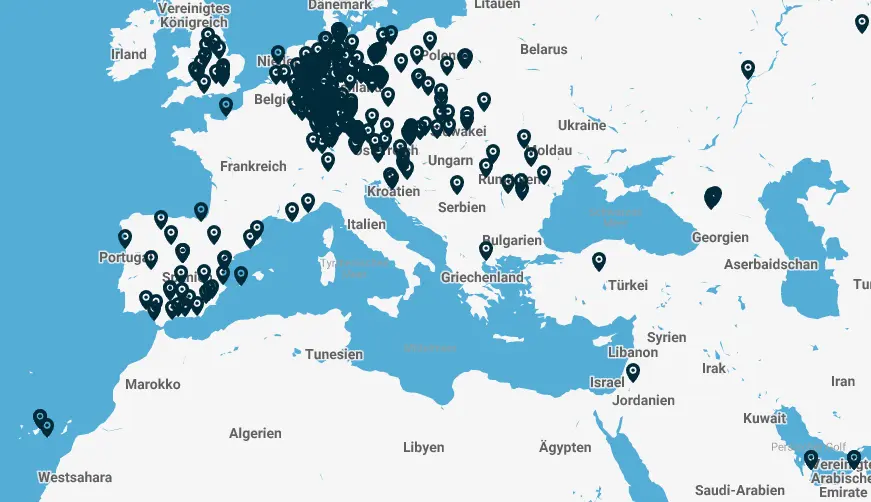
There have been no reported side effects of MBST® therapy in more than 20 years of application and about 2 million hours of treatment.
In the case of sports injuries, MBST® is usually used alongside other treatments for support. There are no known interactions with medication or other treatment methods. Sports doctors report that including MBST® in combination therapy for sports injuries can lead to improved and faster results.1
Patients with sports injuries reported fast pain relief after MBST® treatment. They were able to return to training earlier than expected, with some even going on to compete successfully in tournaments.
1 mbst.com, Fallberichte – mbst.com/sportverletzungen/#patienten | 2 Steinecker-Frohnwieser et al. 2014, J. Orthop. Rheum., 9/2014 | 3 Steinecker-Frohnwieser et al. 2018, Clin Exp Rheumatology 36, 294–301 | 4 Thöni et al. 2021, Chronobiology International, DOI: 10.1080/07420528.2021.1910288 | 5 Steinecker-Frohnwieser et al. 2021, Int J Molecular Sciences 22, 5959 | 6 Mann et al. 2022, frontiers in cellular neuroscience 16, 859545
You are currently viewing a placeholder content from Google Maps. To access the actual content, click the button below. Please note that doing so will share data with third-party providers.
More Information